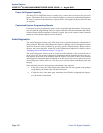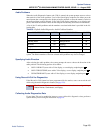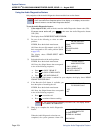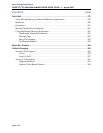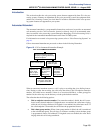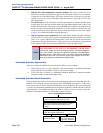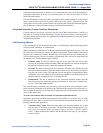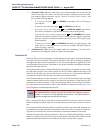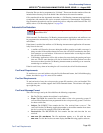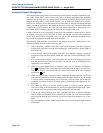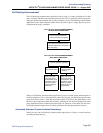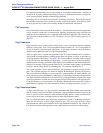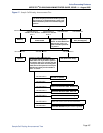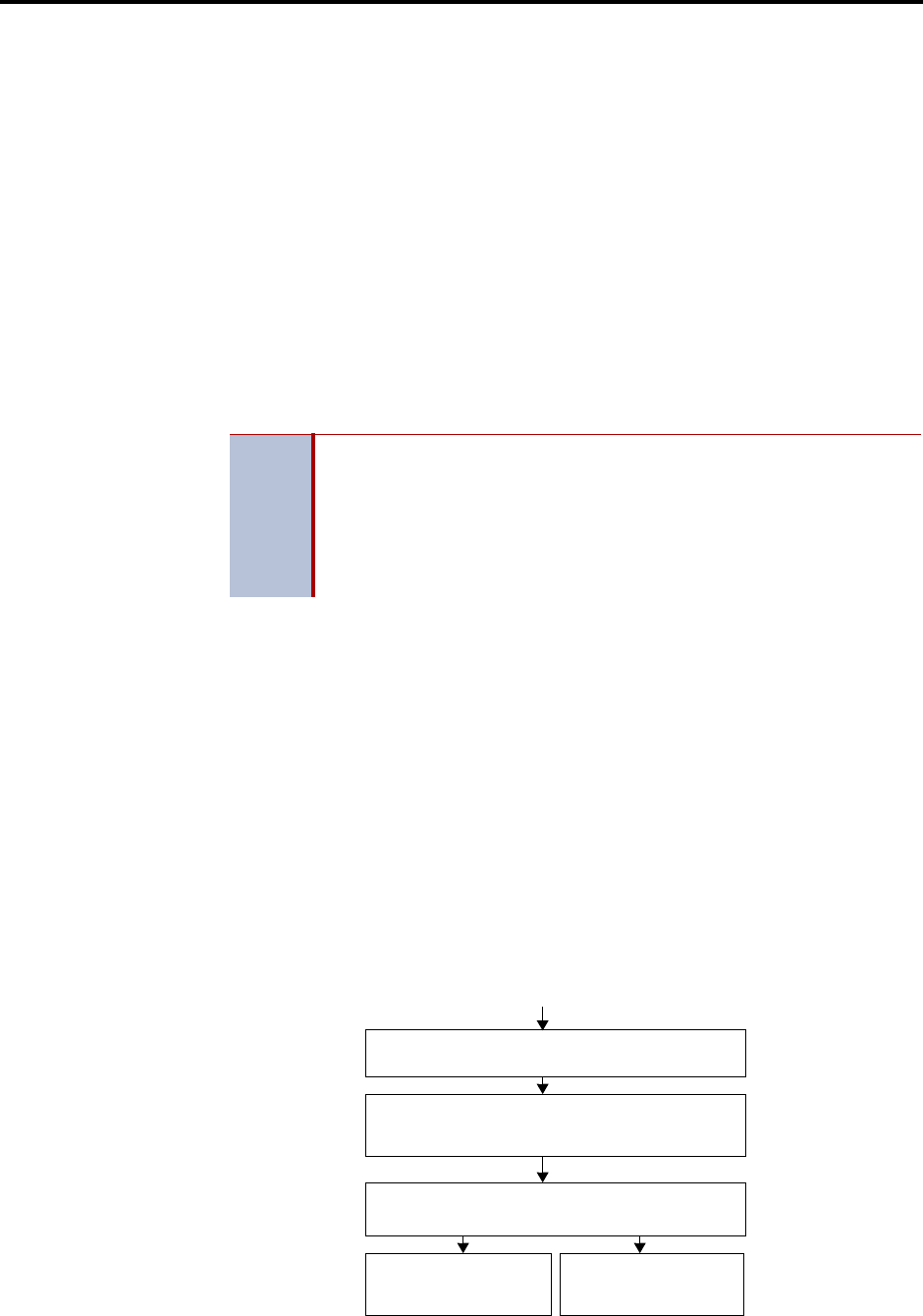
Voice Processing Features
INTER-TEL
®
CS-5200/5400 ADMINISTRATOR GUIDE, ISSUE 1.1 – August 2005
Page 260 Automated Attendant Applications
• Dial the Voice Mail application’s extension number: The caller can reach the Voice
Mail main greeting by dialing the application extension number (access number)
assigned to the Voice Mail feature. The caller can then leave a message as a non-sub-
scriber or access any of the Voice Mail subscriber features. (See page 279 for Voice
Mail information.)
• Use the directory: If the caller does not know the extension or mailbox number of the
desired party, he or she can spell the name using the dialpad buttons and “look up” the
number in the directory. (This option can be disabled in the database. Or, if there are no
names recorded for the individual mailboxes or for the system’s extension IDs, this
option will not be provided.) Directory names can be sorted by first or last name. (Refer
to page 279 for information about using the directory.)
• Dial the operator access destination: If the caller needs further assistance, dialing 0
will access the voice processing system’s programmed operator destination. Or, if the
caller is on a rotary endpoint and cannot enter a digit, the call will be automatically
transferred to the operator destination. (The operator access destination is programmed
in the database. There can be separate destinations for day and night modes.)
Automated Attendant Applications
There are a number of different uses for this feature. Here are two examples:
• Direct ring-in calls to a busy Attendant could be forwarded to Automated Attendant
(using the Call Forward If Busy feature or system forwarding).
• Calls could ring in directly to Automated Attendant application’s extension number
when the system is in day and/or night mode.
Automated Attendant Recall Destination
When an endpoint receives a call that has been routed through Automated Attendant, the call is
handled as a transferred, call and the display shows TFR FROM <description>. If the call is
not answered, the call recalls Automated Attendant’s recall destination. The recall destination
is usually the Automated Attendant Recall Destination application which announces that the
called endpoint is unavailable and allows the caller to choose to leave a message (if the end-
point has an associated mailbox) or dial another extension number.
NOTE
Due to the natural characteristics of the trunk, the volume level of DTMF
tones transmitted over the trunk may be substantially reduced before
reaching the system and voice processing system. This natural degrada-
tion in tone volume may adversely affect the reliability of the Automated
Attendant feature. Other factors which can affect Automated Attendant
performance are trunk noise and the quality and strength of the DTMF
tones generated by the off-premises endpoint itself.
CALL TO AUTOMATED ATTENDANT
Automated Attendant answers and transfers the
call to the destination selected by the caller.
The party receiving the transfer does not answer
before the Transfer Voice Processing timers
expires.
Call goes to the Automated Attendant Recall Desti-
nation where caller selects option.
Call is sent to endpoint,
hunt group, Voice Mail,
or operator destination.
Call is sent to station’s
associated mailbox



